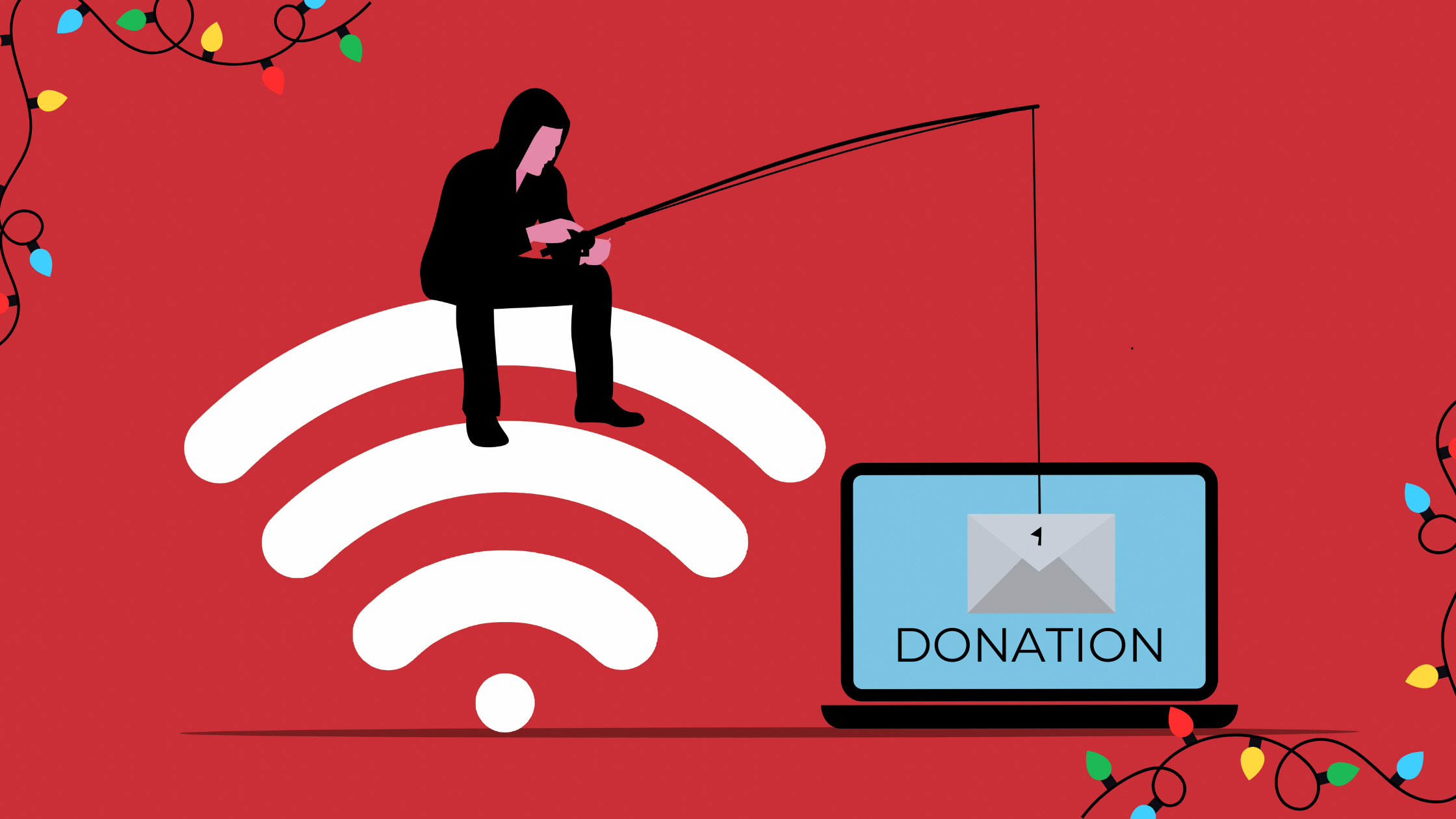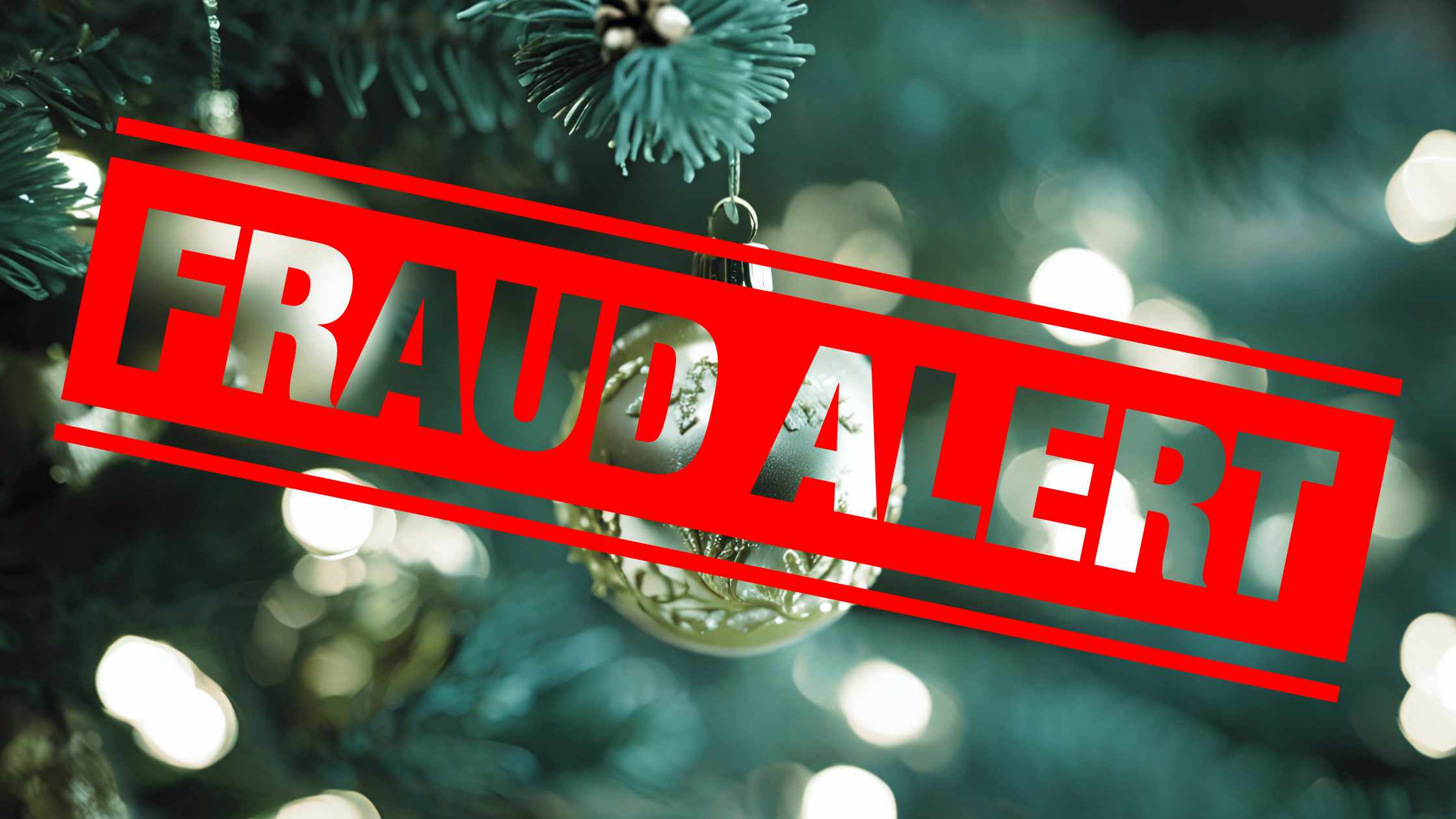 Holiday Donation Scams: How Small Businesses Can Stay Safe from Online Charity Scams
Holiday Donation Scams: How Small Businesses Can Stay Safe from Online Charity Scams
The holidays bring out the best in people. Generosity increases, communities rally together, and businesses step up to support causes that matter. Unfortunately, the season also brings out something far less festive, online charity scams designed to exploit goodwill when emotions are high and vigilance is low.
This isn’t a theoretical risk. The Federal Trade Commission recently highlighted a telefunding scheme responsible for 1.3 billion deceptive donation calls that tricked donors out of more than $110 million—all under the guise of “charitable giving.” https://www.ftc.gov/news-events
And social platforms are no safer. Researchers at Cornell University uncovered more than 800 social media accounts running fake fundraisers on Facebook, Instagram, and X. These scams aren’t just targeting individuals—they’re increasingly aimed at businesses that pride themselves on giving back.
For small businesses, falling for a fraudulent fundraiser isn’t just a financial mistake. It can:
-
Tie your name to a scam
-
Damage your reputation
-
Undermine trust with clients and partners
-
Create PR headaches
-
Open the door to similar cyber threats using the same tactics
Here’s how to protect your team, your brand, and your goodwill as you support causes this season.
How To Vet a Fundraiser Before You Donate
Before your business donates—publicly or privately—verify the legitimacy of the campaign. A credible fundraiser can answer these questions clearly:
1. Who is organizing the fundraiser and what is their connection to the recipient?
Be wary of vague organizers, loosely defined relationships, or stories that feel overly dramatic.
2. How exactly will the funds be used—and on what timeline?
Legitimate fundraisers provide clear allocation details. Scammers rely on emotional stories without financial transparency.
3. Who controls the withdrawals?
You should be able to identify transparent financial oversight. If the organizer dodges this question, walk away.
4. Do family, friends or known community members publicly support the campaign?
If the fundraiser seems detached from the people it claims to help, that’s a red flag.
If any answer is incomplete, inconsistent, or evasive—pause the donation.
Red Flags That Often Signal Online Charity Scams
Online charity scams often follow predictable patterns. Pause and investigate if you notice:
-
Misleading or false information
-
Fund usage that doesn’t match the stated purpose
-
Stories copied from other fundraisers
-
Emotionally manipulative narratives designed to bypass logic
-
Organizers refusing to verify anything when asked
If multiple red flags appear, report the fundraiser and do not donate.
How To Vet Charities (Not Just Crowdfunds)
Even well-known charities can engage in questionable practices or inefficiencies. To ensure your business supports trustworthy organizations, review:
• Program transparency
Look for detailed descriptions of who they help and how funds are used.
• Financial reporting
Annual reports and independent audits should be easy to find and read.
• Percentage of funds going to programs vs. overhead
High overhead and low program spending may indicate poor stewardship.
• Online reputation
Search the charity name with keywords like fraud, scam, or complaints.
If something feels off, trust your instincts.
Common Tactics Charity Scammers Use
Scammers often mimic legitimate campaigns—right down to polished websites and “official-looking” graphics. Watch out for:
-
Requests for gift cards, wire transfers, or crypto
-
Websites missing HTTPS (the “s” means secure)
-
High-pressure language like “donate now before it’s too late!”
-
Claims that you previously pledged when you didn’t
-
Requests that come from random links in emails or social media messages
These same patterns appear in business-focused attacks such as phishing, invoice fraud, impersonation scams, and fake payment requests. Teaching your team to spot them in charitable giving helps them avoid them across the board.
Why Online Charity Scams Are a Big Risk for Businesses
When your business donates to a cause, that generosity becomes part of your public identity. But if the donation turns out to be fraudulent, the damage isn’t just financial—it’s reputational.
A single bad decision can:
-
Associate your name with a fraudulent group
-
Undermine client and partner trust
-
Create negative local chatter
-
Hurt community relationships
-
Invite scrutiny into your larger security practices
In other words: even charitable giving requires cybersecurity awareness.
How To Protect Your Business (And Your Goodwill)
Here are practical steps to keep your company’s donations safe:
1. Create a Donation Policy
Outline how your business approves donations, caps amounts, and verifies recipients.
2. Educate Employees
Teach staff how to evaluate fundraisers before donating under the company name.
3. Use Trusted Channels
Donate through verified charity websites—not links sent via email or DM.
4. Verify Before You Publicize
If your organization promotes its charitable partnerships, confirm accuracy first.
5. Monitor After You Donate
Many charities publish follow-up impact reports. Make sure your donation is being used as promised.
Keep Your Holidays Generous—Not Risky
This season is meant for giving—not getting taken advantage of. With a few smart checks, your business can protect its reputation, support the right causes, and stay clear of the online charity scams that spike every holiday.
If you want your team trained on how to spot fake fundraisers, phishing attempts, and fraudulent payment requests, start with a quick call. Book your free discovery call here.
Because the best gift you can give your business—and your community—is security you can trust. Learn more about strengthening your cybersecurity posture here.







